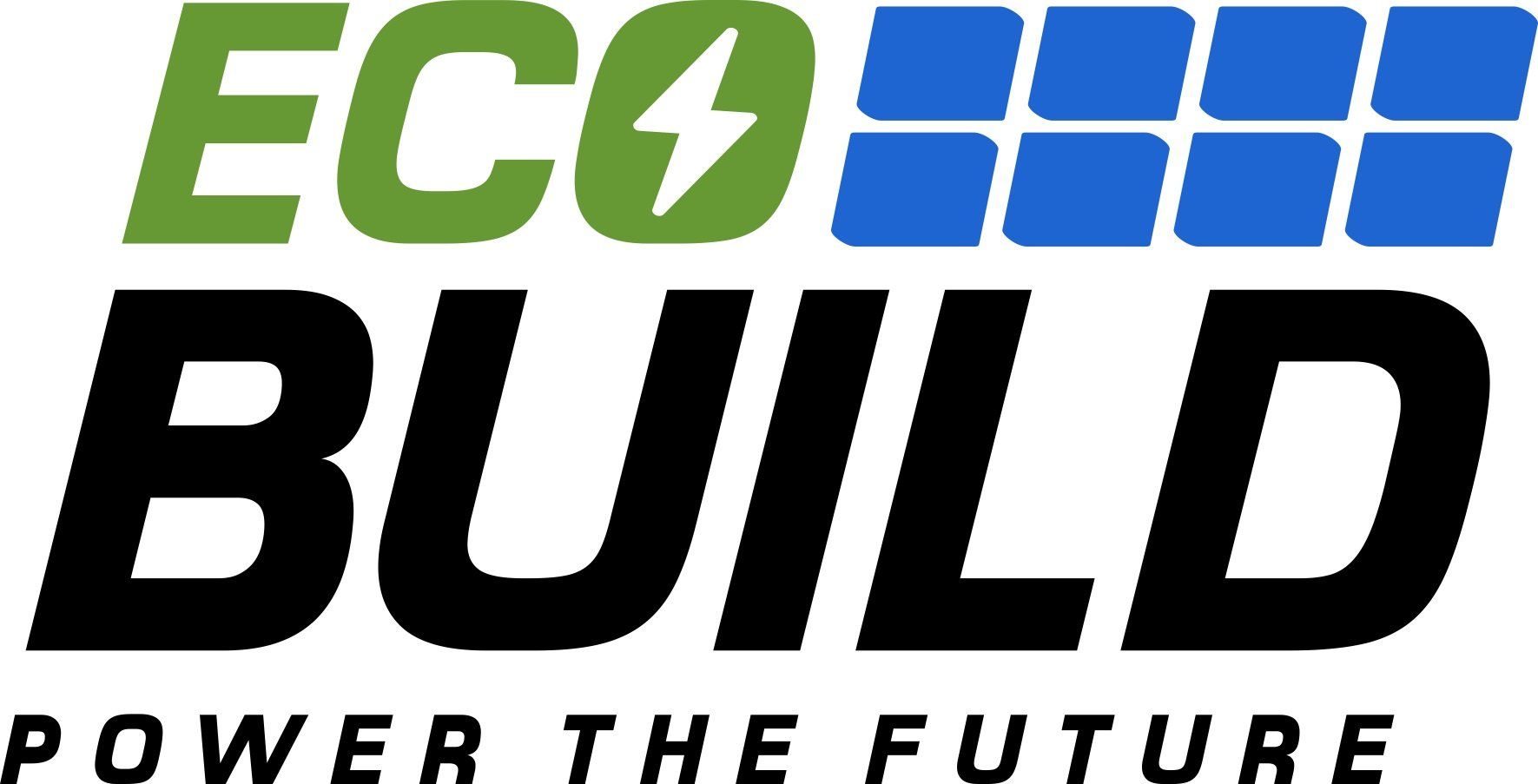Incentives & Benefits
The Best Solar Incentives, Tax Credits, & Rebates in Louisiana
Incentive
Federal Solar Tax Credit (ITC)
Summary
Louisiana residents and business owners can take advantage of the Federal Solar Tax Credit and get a credit of up to 30% (60% for businesses) applied to their tax returns. If you purchase $20,000 worth of solar, you can get a credit for more than $5,000 on your next tax return. Remember, this does require you to come out of pocket first.
End Date
December 31st, 2033
Net Metering
Net metering allows homeowners that create excess energy to use it as a credit on their next electric bill. Net metering in Louisiana is a strong program allowing people the retail rates of electricity when they bank excess.
None
Property Tax Exemption
The state of Louisiana does not increase property taxes for those that have a solar panel installation. This can save thousands in property taxes through the years.
None
HELP Financing
Homeowners can receive up to $12,000 in low interest financing for their solar installation in the state of Louisiana. Part of this is funded by the DNR.
None
USDA Rural Energy for America Program (REAP)
Is REAP right for me?
If you can answer YES to these three questions, your project may be eligible:
1) Do you:
- Earn at least 51% of your income from farming or ranching? OR
- Operate a privately owned, for-profit small business located in a rural area or town of 50,000 people or less?
2) Are you looking for financial assistance to install one of the following at your business, farm, or ranch:
- A system that will generate renewable energy? OR
- Eligible energy efficiency measures that will reduce energy costs?
3) Is the project's technology readily available for purchase?
What funding is available?
Grant: may cover up to 50% of a project's eligible costs.
Renewable energy systems: $2500 minimum grant request; $1,000,000 maximum grant request.
Loan Guarantee: We may guarantee up to 85% of a commercial loan. Rates and terms are negotiated between you and your lender, subject to USDA approval.
Combination Loan Guarantee and Grant: You may combine assistance to cover up to 75% of eligible project costs.
What are the limitations?
Our energy programs do not support residential energy projects, agricultural tillage equipment, used equipment, vehicles, or grant writing assistance.
Project technology must be commercially available.
Assistance under these programs is available to applicants in areas designated as "rural". Under law, the definition of "rural area" is different for each program.

